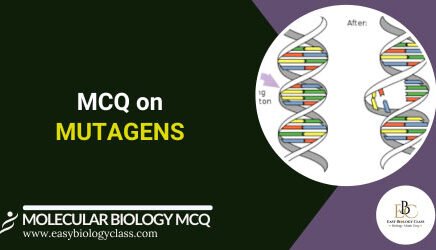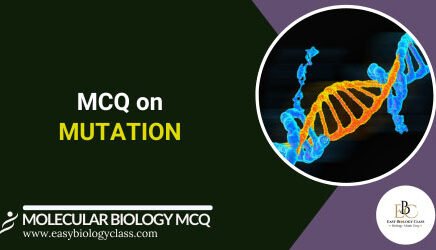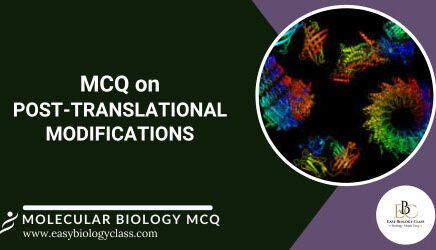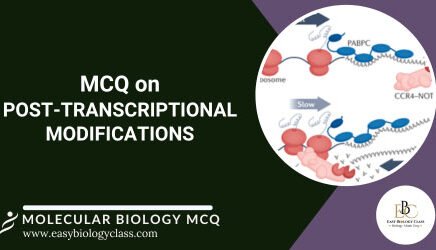
Chargaff’s Rule Questions and Answers
Chargaff Rule Questions: Chargaff’s rule, proposed by Erwin Chargaff in the 1950s, is a fundamental principle in molecular biology that describes the base composition of […]

Chargaff Rule Questions: Chargaff’s rule, proposed by Erwin Chargaff in the 1950s, is a fundamental principle in molecular biology that describes the base composition of […]
Reverse Transcriptase PCR (RT-PCR) is a powerful molecular biology tool with extensive applications in research, diagnostics, and biotechnology. It is widely used for detecting and […]

Reverse Transcription Polymerase Chain Reaction (RT-PCR) is a molecular biology technique used to detect and quantify RNA. It involves reverse transcription of RNA into complementary […]
Molecular Mechanism of Mutation refers to the biochemical processes that lead to alterations in the DNA sequence. These mutations can arise from errors during DNA […]

Mutagens are agents that cause changes in the DNA sequence, leading to mutations. They can be physical, such as radiation, or chemical, such as certain […]

Mutation is a change in the nucleotide sequence of an organism’s DNA, which can result in alterations in gene function or regulation. Mutations can occur […]

Post-translational modifications are chemical changes made to proteins after translation, which affect their function, stability, and localization. These modifications include processes such as phosphorylation, glycosylation, […]

Post-transcriptional modifications are processes that modify pre-mRNA into mature mRNA after transcription in eukaryotic cells. These modifications include the addition of a 5′ cap, splicing […]

Chargaff’s rule is a key principle in molecular biology, stating that in DNA, the proportion of adenine (A) always equals that of thymine (T), and […]